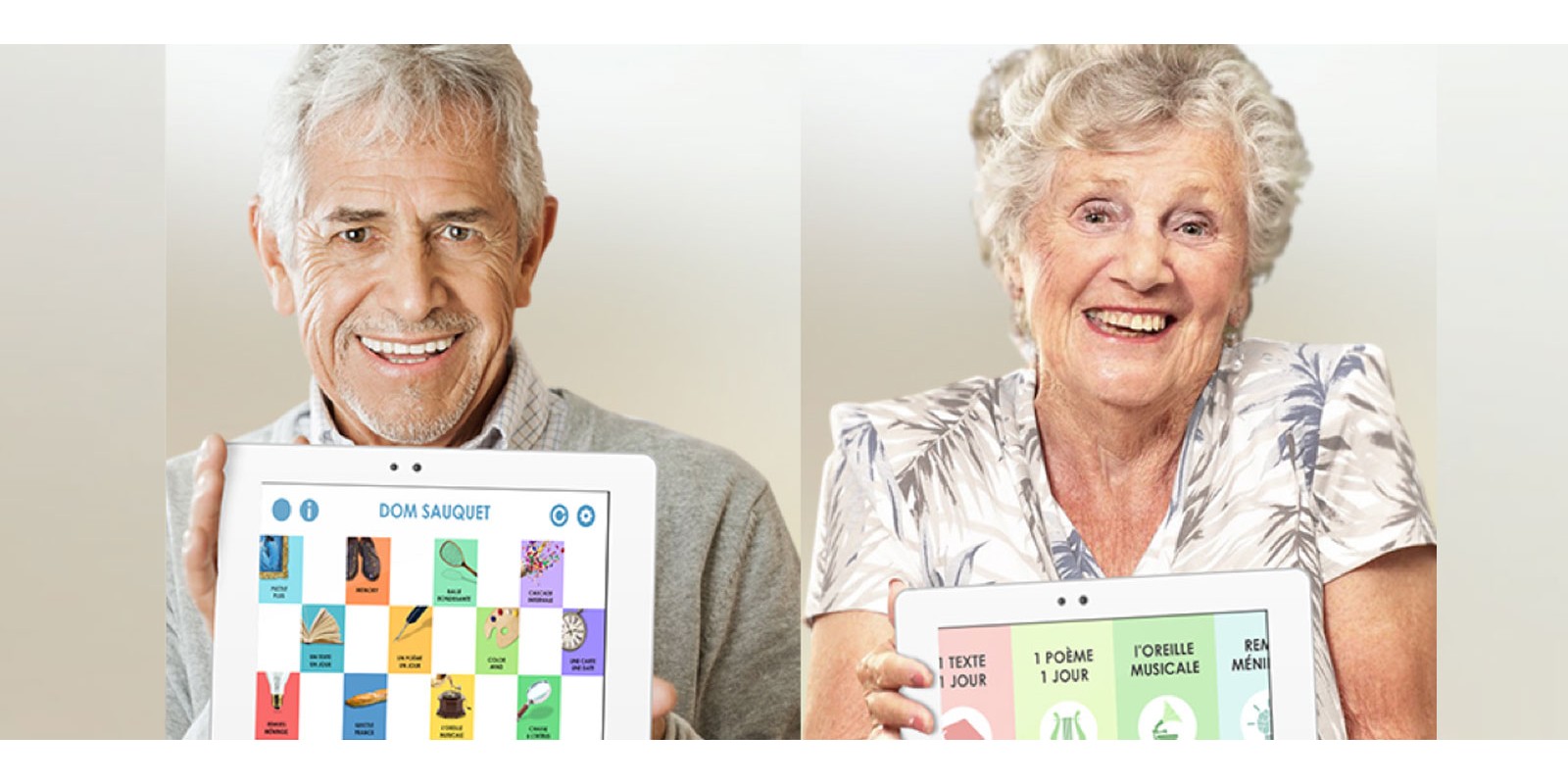Getting out of a
freeze moment
Some parkinsonian patients suffer from freezing. At those moments it seems as if their feet are 'frozen' to the ground. It is then not possible to take another step for a while. The internal cues, the signals from the brain to start walking, no longer work properly.
If the feet remain standing and the upper body continues to move, freezing can lead to falls and hip fractures. The impact of these types of walking disorders is therefore considerable. Medical research shows that people with these symptoms benefit from external sensory stimuli.









